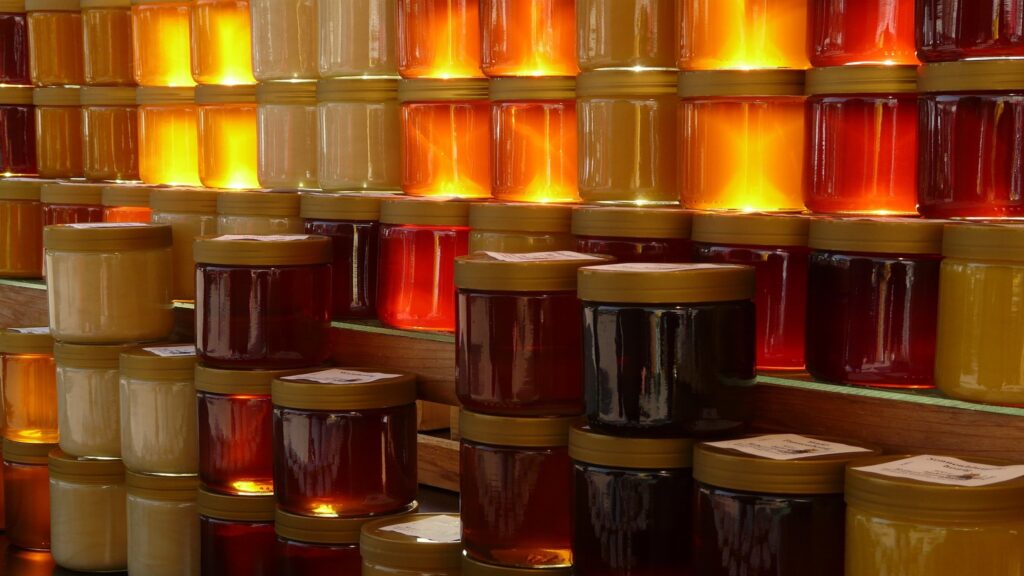
Honey bees pollinate the crops we eat and provide honey. Where they forage for nectar now has gained nutritional importance: What they eat determines the level of antioxidants in honey, according to new research.
In a study that analyzed 19 samples of honey from 14 different floral sources, University of Illinois scientists found that honey made from nectar collected from Illinois buckwheat flowers packs 20 times the antioxidant punch as that produced by bees that lap up California sage. Clover, perhaps the most common plant source tapped by honey bees, scored in the middle of the rankings.
Antioxidants substances that slow the oxidation of other substances counter the toxic effects of free radicals, which can cause DNA damage that can lead to age-related problems such as arthritis, strokes and cancer. Free radicals are atoms or molecules that are usually reactive or unstable.
In an article to be published in the Journal of Apicultural Research, the researchers say darker honey has less water and more antioxidants than light-colored honey.
The co-authors of the study funded by the Illinois Value-Added Research Program and National Honey Board were May Berenbaum, head of the University of Illinois entomology department; Gene E. Robinson, director of the U. of I. bee research facility; and plant biology graduate student Steven M. Frankel.
“Not all honeys are the same,” said Berenbaum, who also is a researcher in the U. of I. Functional Foods for Health program. “The antioxidant content of buckwheat honey compares favorably, pretty much bite for bite, with the ascorbic acid-related antioxidant content of tomatoes. Gram for gram, antioxidants in buckwheat honey equal that of fruits and vegetables such as sweet corn or tomatoes. It packs the antioxidant power of Vitamin C in a tomato, but most people who would be willing to eat an entire tomato would balk at eating the equivalent of a tomato’s weight-worth of honey.”
Honey could be a supplemental source for antioxidants, the researchers concluded, noting that many fruits and vegetables often include other desirable sources for antioxidants. Although honey can’t replace fruits and vegetables in the diet as a source of antioxidants, it has a lot to offer as a replacement for table sugar, which has little value other than as a sweetener, Berenbaum said.
Depending on the floral source, honey varies widely in color, water composition and sugar, ash, nitrogen and metal content. The U. of I. researchers gathered and analyzed honeys produced in 1994 and 1995.
The findings could impact the beekeeping industry, which has been growing nationwide, mostly as a hobby, Robinson said. “Bees are essential for pollinating many of the crops that we grow for food and fiber. The estimated value of bee pollination in America alone is $10 billion per year,” he said. “Now, honey may also take on extra importance as there may be health issues to add to the equation. Not all nectars are created equal, thus not all honeys are created equal.”
 Honey as an antibiotic: Scientists identify a secret ingredient in honey that kills bacteria
Honey as an antibiotic: Scientists identify a secret ingredient in honey that kills bacteria Manuka honey could help clear deadly drug-resistant lung infection
Manuka honey could help clear deadly drug-resistant lung infection Honey offers new approach to fighting antibiotic resistance
Honey offers new approach to fighting antibiotic resistance Novel antioxidant makes old blood vessels seem young again
Novel antioxidant makes old blood vessels seem young again